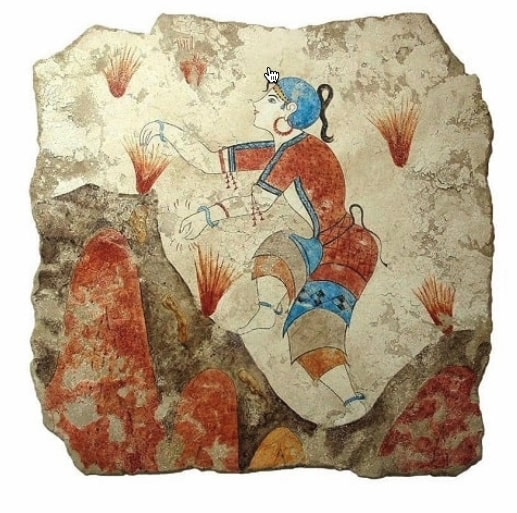
The Unknown History Of Saffron, The Most Expensive Spice
Renowned as “Red Gold”, it is the most valuable, fascinating and expensive spice in the world. Much of this glamorous derives from several fabulous myths and legends regarding its origin. Actually, no one knows exactly when and where its Human cultivation and use started. Anyway, it dates back to about 3,500 years ago and extends across cultures, continents, and civilizations. Although some doubts remain on its origin and history, many believe that saffron originated in Iran. So, Persian saffron was the first human cultivated one. However, Greece and Mesopotamia may also be the possible region of the origin of this plant. This spice comes from the dried stigmas of the saffron crocus (Crocus Sativus). Through history, it has remained among the world’s most legendary substances. Use of Saffron varies greatly, such as a seasoning, fragrance, dye, and medicine. It is thanks to its color, aroma, flavor, and beneficial properties.
Etymology
Greece and Crete
Persian and Middle Eastern
East and South Asia
Post- Classical European
Etymology
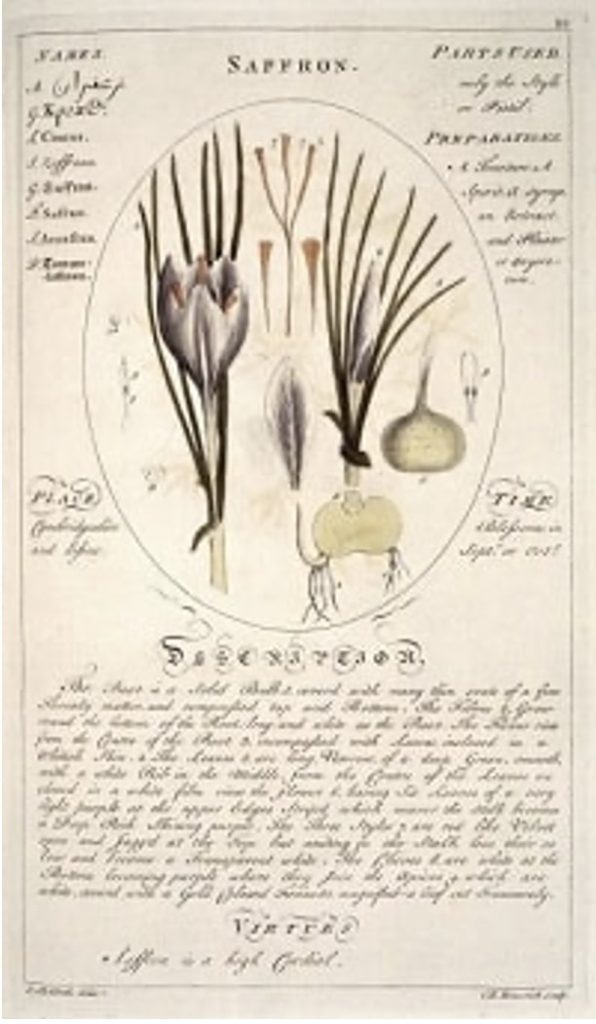
This magical spice which has a fame as “King of the Spices”, has a name with Persian root. Its old Persian name was Zarparān زرپران which literally means “golden leaves”, from which the Arabic word Za’farān has been derived and this Arabic term is the origin of the Old French word ‘Safran’, which the Latin word ‘Safranum’ comes from. Finally, this Latin term is the source of the Catalan safrà, Italian Zafferano, but Portuguese Açafrão, and Spanish Azafrán origin is the Arabic Az-zaferán.
Greece and Crete
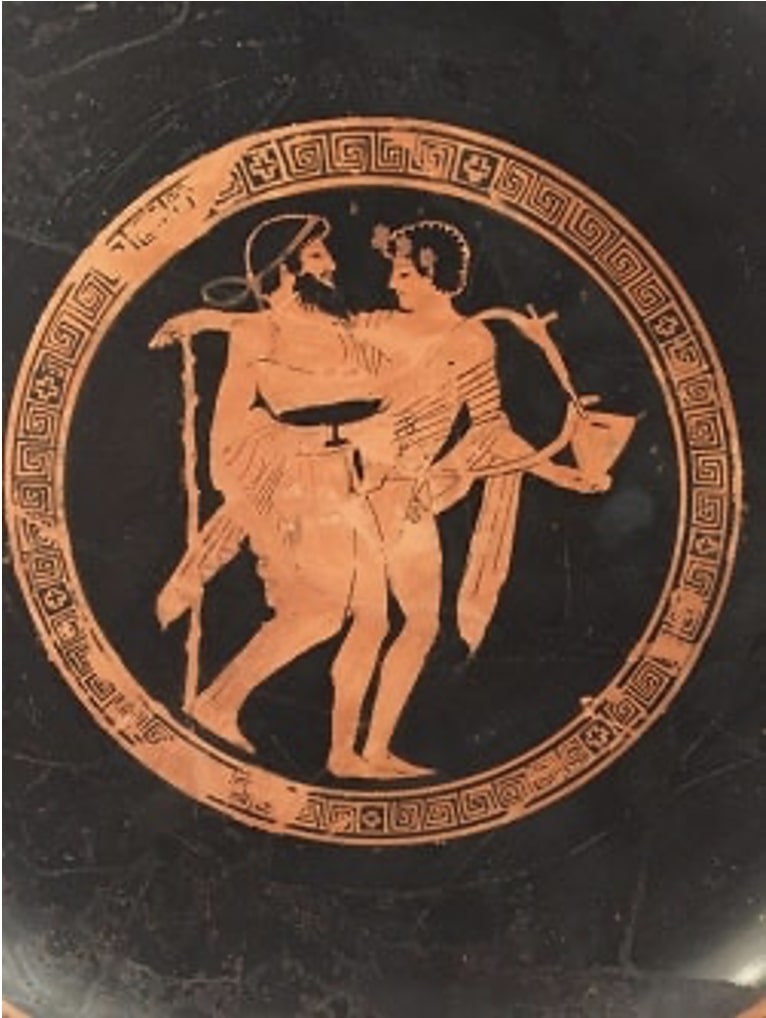 Crocus cartwrightianus , native to Greece and Crete, is the wild progenitor of the domesticated triploid Crocus sativus – the saffron crocus. The use of saffron for ancient Greeks and Romans was very vast. They prized it as a perfume or deodorizer. Moreover, they scattered it about their public spaces: royal halls, courts, and amphitheaters alike. Wealthy Romans and Egyptians such as Cleopatra partook of daily saffron baths because of its coloring and cosmetic properties. She used it before encounters with men, believing that it would render lovemaking yet more pleasurable. In addition, they used it as mascara, stirred saffron threads into their wines.
Crocus cartwrightianus , native to Greece and Crete, is the wild progenitor of the domesticated triploid Crocus sativus – the saffron crocus. The use of saffron for ancient Greeks and Romans was very vast. They prized it as a perfume or deodorizer. Moreover, they scattered it about their public spaces: royal halls, courts, and amphitheaters alike. Wealthy Romans and Egyptians such as Cleopatra partook of daily saffron baths because of its coloring and cosmetic properties. She used it before encounters with men, believing that it would render lovemaking yet more pleasurable. In addition, they used it as mascara, stirred saffron threads into their wines.
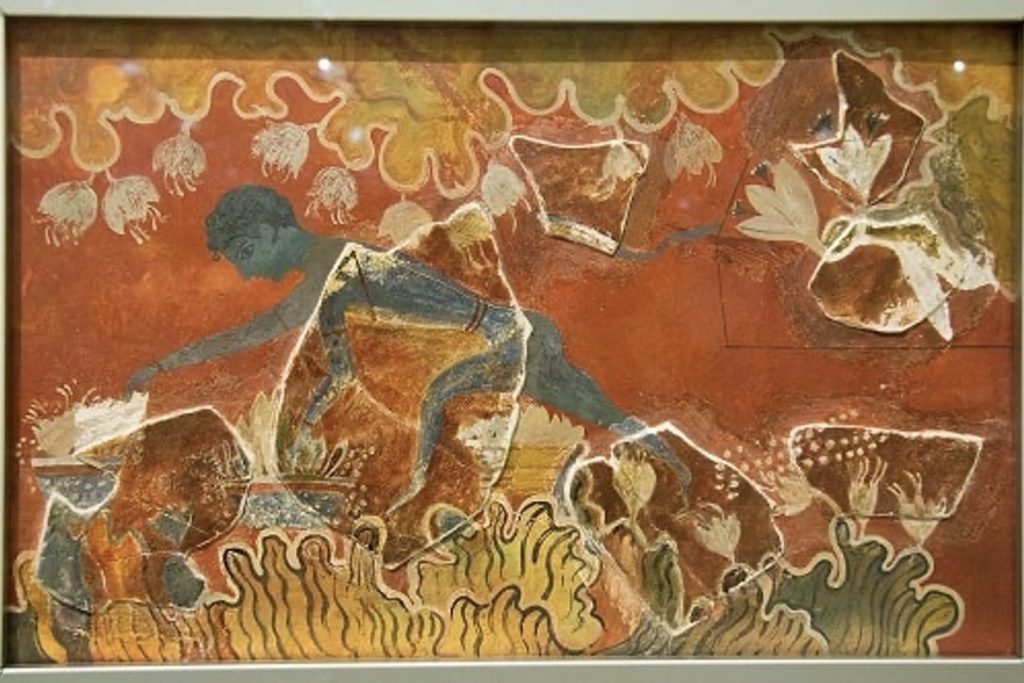
It played a significant role in the Greco-Roman pre-classical period bracketed by the 8th century BC and the 3rd century AD. Its first known image in pre-Greek culture is much older and stems from the Bronze Age. A saffron harvest is shown in the Knossos palace frescoes of Minoan Crete, which depict young girls and monkeys are picking the its flowers.
Persian and Middle eastern
Saffron-based pigments have been found in the prehistoric paints used to illustrate beasts in 50,000-year-old cave art. Actually, it was in modern-day Iraq, which was even then northwest of the Persian Empire. The Sumerians used it as an ingredient in their remedies and magical potions. Also, this plant was honored as a sweet-smelling spice over three millennia ago in the Hebrew Tanakh.
 Use of saffron also in ancient Persia, was very common in different fields. Ancient Persian worshippers used it as a ceremonial offering to their Gods, and as a brilliant yellow dye, perfume, and a medicine. They scattered its threads across the beds and mixed into hot teas as medicine for melancholy. Beside, it was used to spice foods. In addition, they dissolved Persian saffron in water with sandalwood to use as a body wash after heavy work and sweating under the hot Persian sun.
Use of saffron also in ancient Persia, was very common in different fields. Ancient Persian worshippers used it as a ceremonial offering to their Gods, and as a brilliant yellow dye, perfume, and a medicine. They scattered its threads across the beds and mixed into hot teas as medicine for melancholy. Beside, it was used to spice foods. In addition, they dissolved Persian saffron in water with sandalwood to use as a body wash after heavy work and sweating under the hot Persian sun.
 saffron (Crocus sativus’) was cultivated at Derbena and Isfahan in the 10th century BC. There, Persian saffron threads were interwoven into ancient Persian royal carpets and funeral shrouds.
saffron (Crocus sativus’) was cultivated at Derbena and Isfahan in the 10th century BC. There, Persian saffron threads were interwoven into ancient Persian royal carpets and funeral shrouds.
 Later, Alexander the Great and his forces used heavily Persian saffron during their Asian campaigns. They mixed it into teas and dined on saffron rice. Alexander personally used saffron sprinkled in warm bath water, taking after Cyrus the Great. Much like Cyrus, he believed it would heal his many wounds, and his faith in its medicinal properties grew with each treatment.
Later, Alexander the Great and his forces used heavily Persian saffron during their Asian campaigns. They mixed it into teas and dined on saffron rice. Alexander personally used saffron sprinkled in warm bath water, taking after Cyrus the Great. Much like Cyrus, he believed it would heal his many wounds, and his faith in its medicinal properties grew with each treatment.
East and South Asian

There are many incompatible stories about saffron’s first arrival in South and East Asia. The strongest is based on historical accounts from Persian records which shows that saffron, among other spices, was first spread to India via Persian rulers’ efforts to stock their newly built gardens and parks.
Phoenicians then began in the 6th century BC to market the new Kashmiri saffron via their extensive trade paths. It was used in the treatment of melancholy and as a fabric color.
Some historians say that it first came to China with Mongol invaders by way of Persia. As mentioned in the ancient Chinese medical text, it was from the 3rd century AD.
In India, they grew it for offering to the Buddha. Even now, thousands of believers anoint with it the Bahubali statue. It is a 17.8 m monolith carved between 978–993 AD. Actually, they wash it with Indian saffron every twelve years during one of their festivals.
Post-Classical European
In Europe, its cultivation declined sharply following the Roman Empire’s fall. However, it was reintroduced when the Islamic civilization “Al-Andalus” spread to Spain, France, and Italy.
In France, by the 14th century, there are many documentes to prove wide use of saffron for spicing and coloring food in recipe books. Its production became very important in the 17th and 18th centuries, reaching a few tons.
Medieval European illuminated manuscripts often used saffron dyes to provide hues of yellow and orange. In this 13th-century depiction of Archbishop of Canterbury Thomas Becket‘s assassination, the yellow color is due to use of magical plant.
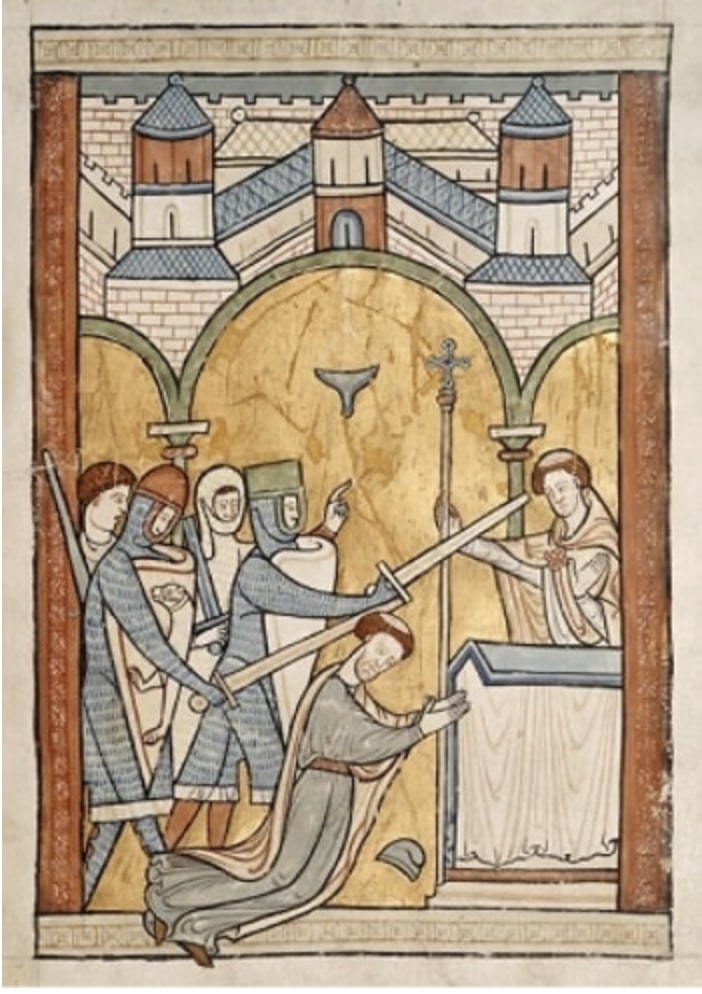
Orsland History
Inherited to us after generations, our history was launched many years ago. Today, we are a well-known Italian company that provides high-quality saffron for our customers all around the world.
